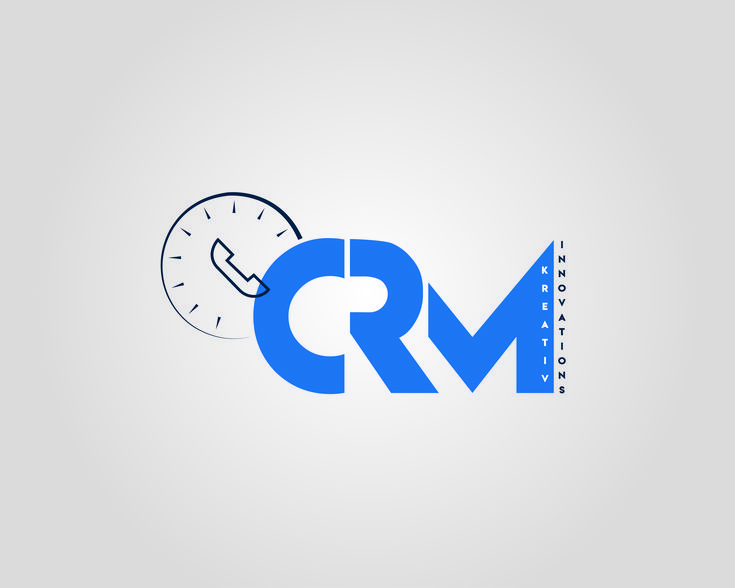
CRM vs. Spreadsheet: Why Your Business Needs a CRM Solution
In the realm of managing customer relationships and sales processes, businesses often face the dilemma of whether to rely on traditional spreadsheets or invest in a dedicated Customer Relationship Management (CRM) solution. While spreadsheets have long been a staple for organizing data, CRM systems offer a comprehensive set of features and benefits that can significantly enhance efficiency, productivity, and customer satisfaction. In this article, we’ll explore the key differences between CRM and spreadsheets and why your business needs a CRM solution.
1. Data Organization and Accessibility
Spreadsheets:
- Spreadsheets provide a basic framework for storing and organizing data, including customer contact information, sales leads, and transaction details.
- However, spreadsheets lack the robust structure and functionality needed to manage complex customer relationships and sales processes effectively.
- Accessing and updating data in spreadsheets can be cumbersome, especially when multiple users are involved, leading to version control issues and data discrepancies.
CRM Solution:
- CRM systems centralize customer data in a unified platform, providing a comprehensive view of each customer’s interactions, preferences, and history.
- With CRM, data is easily accessible to authorized users from any device or location, ensuring real-time updates and seamless collaboration among team members.
- CRM eliminates the need for manual data entry and redundant tasks, streamlining processes and improving data accuracy and consistency.
2. Customer Relationship Management
Spreadsheets:
- Spreadsheets offer limited capabilities for managing customer relationships, primarily serving as data repositories rather than relationship-building tools.
- Businesses may struggle to track customer interactions, monitor engagement, and deliver personalized experiences using spreadsheets alone.
CRM Solution:
- CRM systems are designed to facilitate customer relationship management at every stage of the customer lifecycle, from lead generation to post-sale support.
- CRM enables businesses to track customer interactions, analyze behavior, and deliver personalized communication and support tailored to individual preferences.
- With CRM, businesses can nurture relationships, anticipate needs, and exceed customer expectations, leading to higher satisfaction and loyalty.
3. Sales Process Optimization
Spreadsheets:
- Spreadsheets offer limited support for sales pipeline management, often requiring manual updates and tedious tracking of leads and opportunities.
- Businesses may struggle to prioritize leads, forecast revenue, and identify bottlenecks in the sales process using spreadsheets alone.
CRM Solution:
- CRM systems provide robust tools for managing the sales pipeline, including lead scoring, opportunity tracking, and performance analytics.
- CRM automates repetitive tasks, such as lead assignment and follow-up reminders, enabling sales teams to focus on high-value activities and close deals more efficiently.
- With CRM, businesses gain insights into sales performance, identify trends, and make data-driven decisions to optimize their sales strategies and drive revenue growth.
4. Collaboration and Team Productivity
Spreadsheets:
- Spreadsheets lack built-in collaboration features, making it challenging for teams to work together effectively, especially when multiple users are involved.
- Version control issues and conflicting changes can lead to errors, delays, and miscommunication among team members.
CRM Solution:
- CRM systems promote collaboration and teamwork by providing a centralized platform for communication, information sharing, and task coordination.
- With CRM, teams can collaborate on leads, opportunities, and customer interactions in real time, ensuring everyone is on the same page.
- CRM fosters transparency, accountability, and efficiency, enabling teams to work together seamlessly and achieve shared goals.
5. Scalability and Growth Potential
Spreadsheets:
- Spreadsheets have limitations in scalability, making them less suitable for businesses looking to expand their operations and manage larger volumes of data and customers.
- As businesses grow, spreadsheets may become increasingly cumbersome and inefficient, hindering productivity and hindering growth potential.
CRM Solution:
- CRM systems offer scalability and flexibility to accommodate the evolving needs of businesses, from small startups to large enterprises.
- CRM solutions can scale seamlessly to support growing data volumes, user bases, and business requirements, ensuring businesses can continue to thrive and innovate.
- With CRM, businesses have the agility and adaptability needed to respond to changing market dynamics, seize opportunities, and drive sustainable growth.
Conclusion
While spreadsheets have their place in organizing data, they fall short when it comes to managing complex customer relationships and sales processes effectively. CRM solutions offer a comprehensive set of features and benefits that can significantly enhance efficiency, productivity, and customer satisfaction. By centralizing data, facilitating relationship management, optimizing sales processes, promoting collaboration, and enabling scalability, CRM solutions empower businesses to achieve their goals, drive growth, and stay ahead of the competition in today’s dynamic business environment.